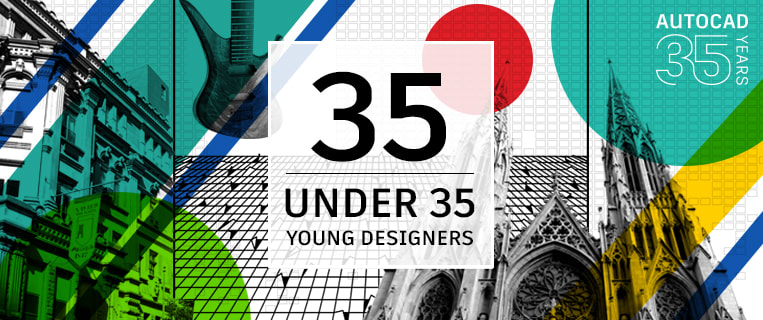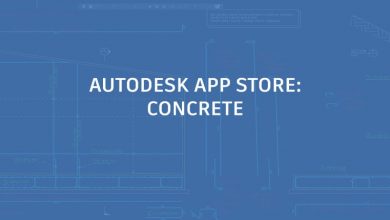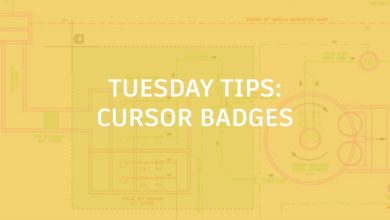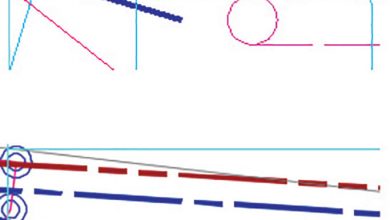
September 28th is the International Day for Universal Access to Information. To celebrate this day, Autodesk is drawing attention to the ways humanitarian workers create transformative solutions when they can access cutting-edge design and engineering technology.
Everyday innovators around the world use Autodesk technology to advance a more sustainable, resilient, and equitable world. Autodesk’s Technology Impact Program donates software to nonprofits and startups using design for environmental and social good.
One of the organizations that Autodesk collaborates with is the International Organization for Migration (IOM), the UN organization promoting and upholding the wellbeing and dignity of migrants around the world – including those on the move as the result of climate change, disasters, poverty, and conflict. IOM supports the achievement of the UN’s 2030 Agenda through interventions that connect humanitarian assistance and sustainable development.
Contents
Responding to the Eruption
In May of 2021, the volcano Mount Nyiragongo, near the city of Goma in the Democratic Republic of the Congo, erupted for the first time in nineteen years. Over 400,000 citizens had to be evacuated, and an estimated 3,600 structures were destroyed. Fleeing their homes, survivors needed access to water, sanitation, education, protection, and shelter. This is where IOM came in.
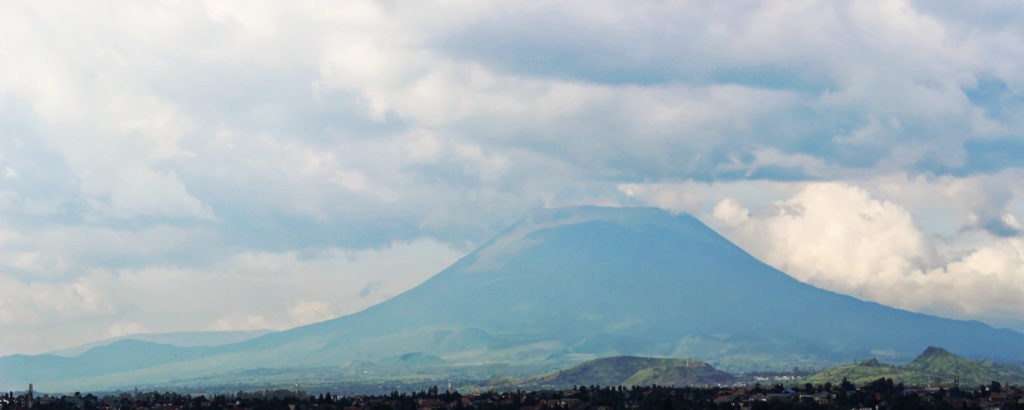
Autodesk’s Technology Impact Program supported the emergency response operations by donating AutoCAD licences to field staff through USA for IOM, IOM’s private sector engagement branch in the US. AutoCAD technology was critical to IOM’s ability to conduct rapid site planning and to design temporary shelters for DRC citizens displaced by the volcanic eruption.
“The DRC is a huge country with people affected by the crisis being as far as 250km away from our office,” said Fendy Sanon, an on-site technical project manager deployed by IOM. “Many people are scattered without essential infrastructure such as shelters, showers, and water sources. With AutoCAD, we can quickly create site drawings in order to help people get a more equitable access to these basic services.”
Rapid Site Planning with AutoCAD
Sanon further explained the process behind rapid site planning. “We conduct an assessment of the sites, create GPS points based on various boundaries, and then we are able to import that data into AutoCAD to draw a structured site. We then use AutoCAD to draw the shelters, showers, drainages, community infrastructure, and other components of the site.”
He also emphasized the utility of AutoCAD. “With AutoCAD, my work as a site planner is simplified. Without it, it would take a lot of days to go back to the site and check the accuracy of the drawings, whereas with AutoCAD we can import what we need and quickly have a guide on the field. It would be a struggle without AutoCAD.”
According to Sanon, the team can leverage AutoCAD throughout various stages of the response process, not only in emergency or relief efforts, but also in transitional and durable solutions. For instance, the software is also used within the DRC mission to provide longer-term urban planning in safe areas, to help people return to villages, and get back to normal life.
Learn More
Meet other leading innovators and entrepreneurs collaborating with the Autodesk Foundation, to support the design and creation of innovative solutions to the world’s most pressing social and environmental challenges.
Source: Autodesk
